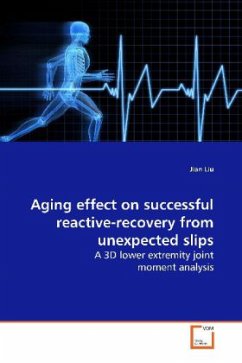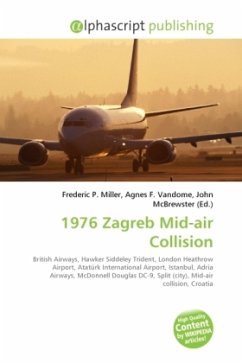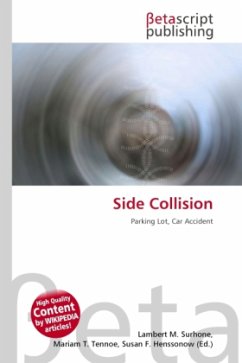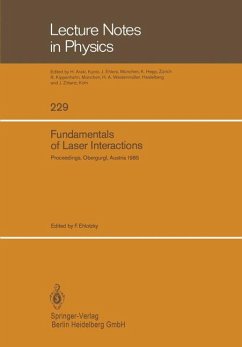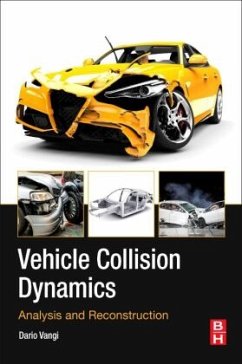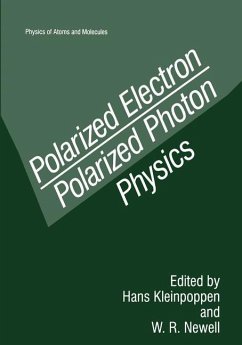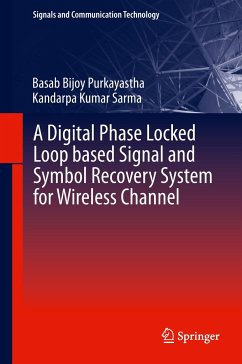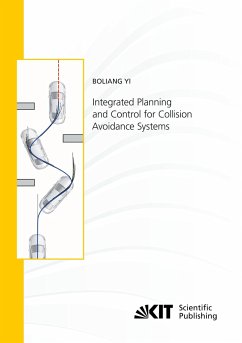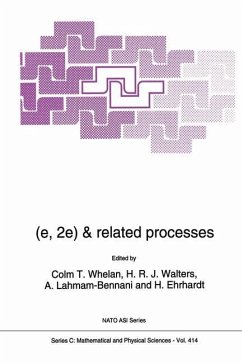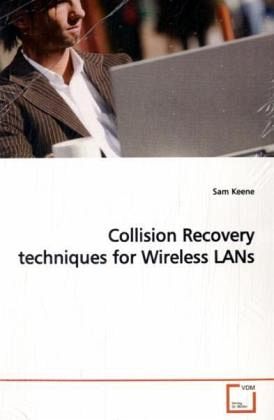
Collision Recovery techniques for Wireless LANs
Versandkostenfrei!
Versandfertig in 6-10 Tagen
39,99 €
inkl. MwSt.

PAYBACK Punkte
20 °P sammeln!
Collisions in wireless networks are a significantsource of packet loss. Most medium access controltechniques assume that a collision means total packetloss. However, we will show that this assumption isnot always true, and we investigate how to leveragethis fact.We first investigate fundamentally what happens whena collision occurs. We begin by deriving a physicallayer algorithm that can identify which bits havebeen corrupted by collision. This algorithmaccurately locates all collision induced errors whenthe channel signal to noise ratio is high enough forreliable communication. By leveraging ...
Collisions in wireless networks are a significant
source of packet loss. Most medium access control
techniques assume that a collision means total packet
loss. However, we will show that this assumption is
not always true, and we investigate how to leverage
this fact.
We first investigate fundamentally what happens when
a collision occurs. We begin by deriving a physical
layer algorithm that can identify which bits have
been corrupted by collision. This algorithm
accurately locates all collision induced errors when
the channel signal to noise ratio is high enough for
reliable communication. By leveraging this algorithm,
we can produce a wide range of benefits. For example,
by providing collision
location information, we can enhance forward error
correcting codes so that they may effectively
completely remove the collision, saving a packet that
would otherwise be discarded.
source of packet loss. Most medium access control
techniques assume that a collision means total packet
loss. However, we will show that this assumption is
not always true, and we investigate how to leverage
this fact.
We first investigate fundamentally what happens when
a collision occurs. We begin by deriving a physical
layer algorithm that can identify which bits have
been corrupted by collision. This algorithm
accurately locates all collision induced errors when
the channel signal to noise ratio is high enough for
reliable communication. By leveraging this algorithm,
we can produce a wide range of benefits. For example,
by providing collision
location information, we can enhance forward error
correcting codes so that they may effectively
completely remove the collision, saving a packet that
would otherwise be discarded.



